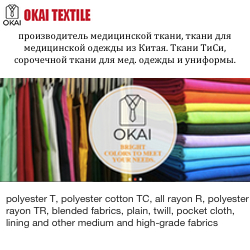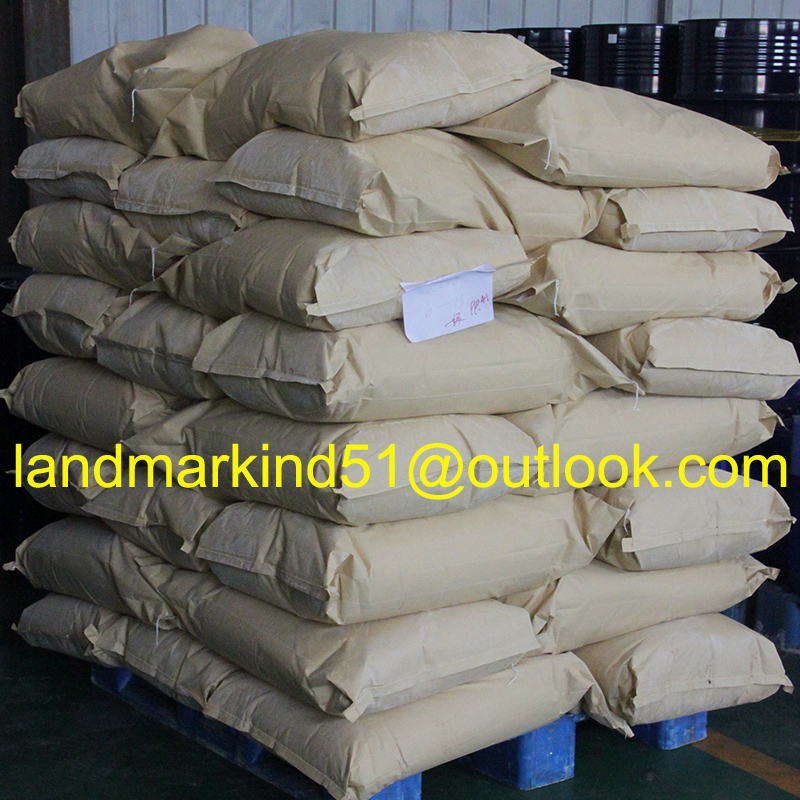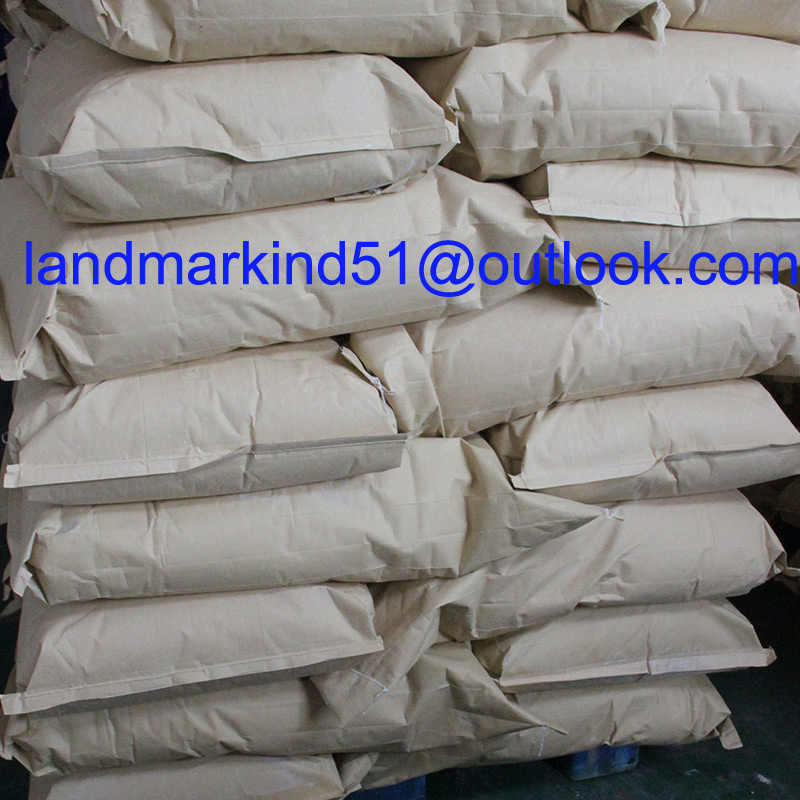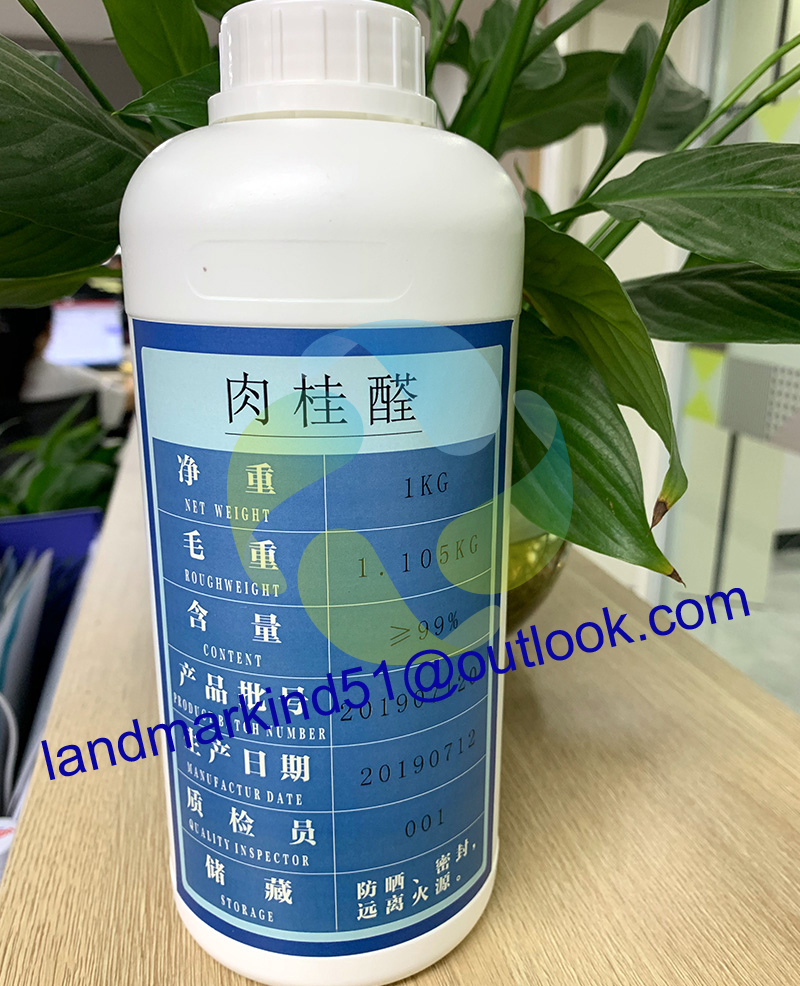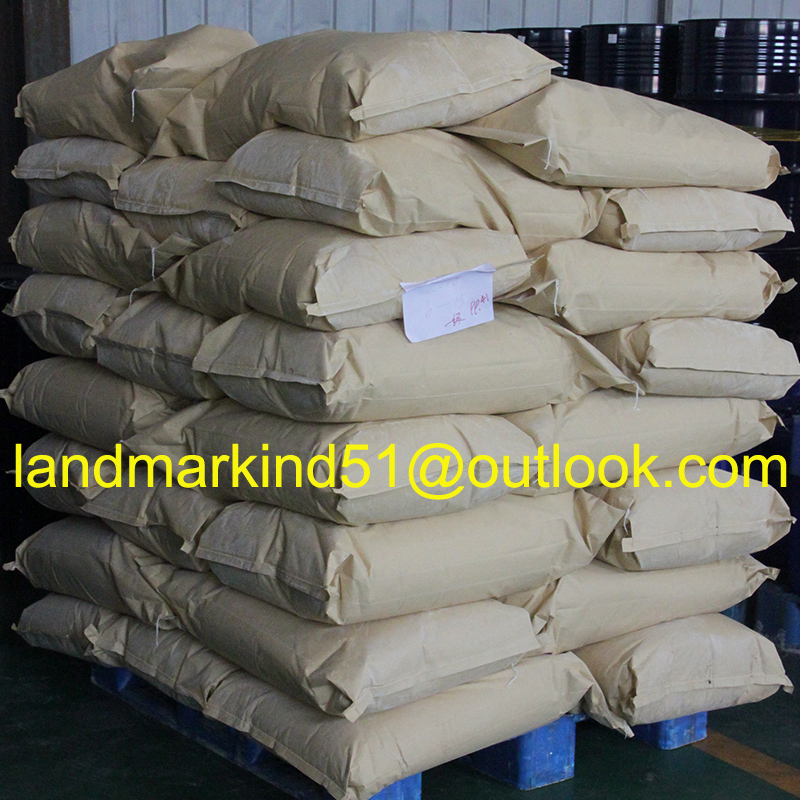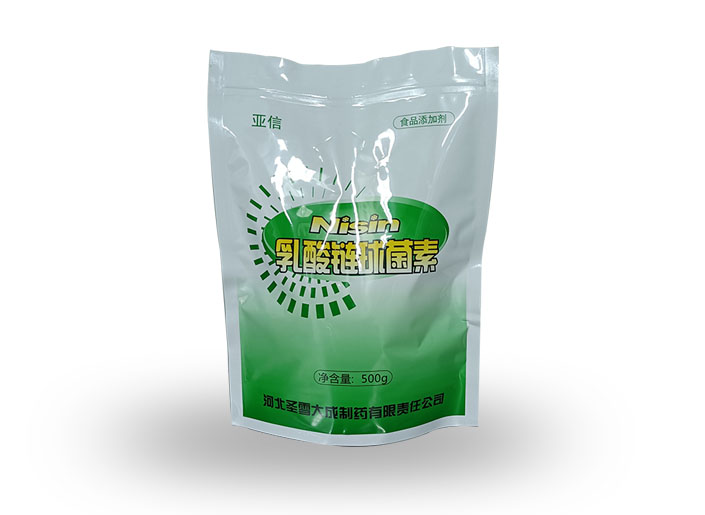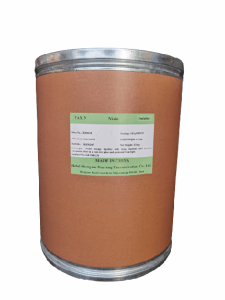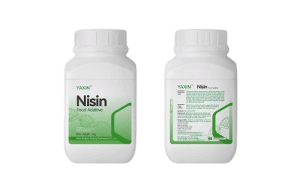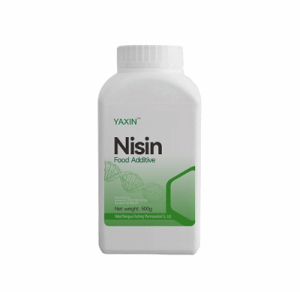Fine Chemicals Raw Materials Cinnamaldehyde CAS 104-55-2


CINNAMALDEHYDE
The flavour and aroma of cinnamon is due to an essential oil which makes up between 1 and 4% of the bark of the Cinnamomum zeylanicum tree. This oil contains many different compounds but the most abundant (65 to 75% of the oil) is cinnamaldehyde.
As a flavorant
The most obvious application for cinnamaldehyde is asflavoringinchewing gum,ice cream,candy, andbeverages; use levels range from 9 to 4,900 parts per million (ppm) (that is, less than 0.5%). It is also used in someperfumesof natural,sweet, orfruityscents.Almond,apricot,butterscotch, and otheraromasmay partially employ the compound for their pleasant smells. Cinnamaldehyde can be used as afood adulterant; powderedbeechnuthuskaromatized with cinnamaldehyde can be marketed as powderedcinnamon. Some breakfast cereals contain as much as 187ppm cinnamaldehyde.
As an agrichemical
Cinnamaldehyde is also used as afungicide.Proven effective on over 40 different crops, cinnamaldehyde is typically applied to therootsystems of plants. Its lowtoxicityand well-known properties make it ideal foragriculture. Cinnamaldehyde is an effectiveinsecticide, and its scent is also known to repel animals, such ascatsanddogs.It has been tested as a safe and effective insecticide againstmosquitolarvae.A concentration of 29 ppm of cinnamaldehyde kills half ofAedes aegyptimosquito larvae in 24 hours. Trans-cinnamaldehyde works as a potentfumigantand practicalrepellantfor adultmosquitos.
Miscellaneous uses
Cinnamaldehyde is also known as acorrosion inhibitorforsteeland otherferrousalloysincorrosivefluids such ashydrochloric acid. It is believed that this is achieved by polymerization to form a protective film on the metal surface.It can be used in combination with additional components such as dispersing agents,solventsand othersurfactants. Cinnamaldehyde is also a potent inducer of apoptosis via ROS-mediated mitochondrial permeability transition in human promyelocytic leukemia HL-60 cellsSome early evidence shows that cinnamaldehyde blocks formation ofTau proteinaggregation into neurofibrillary tangles, a major pathology inAlzheimer's Disease.Cinnamaldehyde also has antimicrobial properties.Cinnamaldehyde is also a TRPA1 activator, and can excite a subset of sensory neurons that are mainly cold-sensitive neurons, to cause nociceptive behavior in mice.Cinnamaldehyde has been found to improvemetabolichealth by acting directly onadipocytesand inducing them to start burning energy through a process calledthermogenesis.Scientists had previously observed that cinnamaldehyde appeared to protect mice againstobesityandhyperglycemia, but the mechanisms underlying these effects were not well understood. Researchers are currently investigating cinnamaldehyde as a potential anti-obesitydrug.
Other supplier products
All supplier products
Same products




